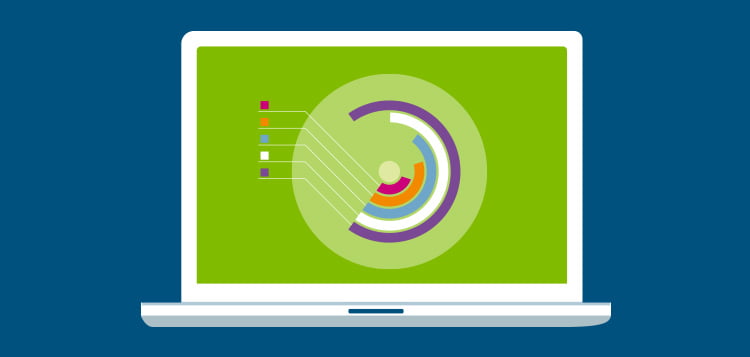Interested In Finding Out How Web Site Design Has Evolved? Check Out The Trip From Uncomplicated Layouts To User-Centric Methods
Interested In Finding Out How Web Site Design Has Evolved? Check Out The Trip From Uncomplicated Layouts To User-Centric Methods
Blog Article
Material By-Carstens Dodson
In the past, web sites were basic and focused on details. Navigation was straight, and style was for desktop computers. Currently, customer experience is essential. search engine optimisation online guides designs for very easy navigation. ada friendly websites match different devices. https://cruzwqkey.blogofchange.com/30428855/boost-your-online-visibility-via-advanced-website-design-methods , dark mode reduces pressure, and minimalist menus enhance navigation. Interactive features involve users, and strong visuals stick out. AI assimilation improves interaction. See just how style has actually progressed to enhance your on the internet journey.
Very Early Days of Website Design
In the very early days of website design, simpleness preponderated. Sites were basic, with restricted shades, fonts, and formats. The focus was on supplying details as opposed to showy visuals. Individuals accessed the web through slow dial-up links, so speed and performance were key.
Navigating menus were straightforward, usually situated at the top or side of the web page. Sites were created for computer, as mobile surfing wasn't yet prevalent. Web content was king, and developers prioritized very easy readability over complex layout components.
find seo expert was the main coding language made use of, and developers needed to function within its restrictions. Computer animations and interactive attributes were marginal compared to today's requirements. Sites were static, with little dynamic content or tailored user experiences.
Increase of User-Focused Style
With the development of web site design, a shift towards user-focused style concepts has actually come to be significantly noticeable. Today, developing internet sites that prioritize customer experience is vital for engaging site visitors and attaining business goals. User-focused style involves recognizing the requirements, choices, and actions of your target audience to tailor the web site's format, material, and includes appropriately.
Designers now carry out comprehensive research study, such as individual studies and usability screening, to gather understandings and responses directly from customers. This data-driven technique assists in producing user-friendly navigation, clear calls-to-action, and aesthetically enticing user interfaces that reverberate with visitors. By placing the individual at the facility of the design procedure, sites can supply an extra tailored and pleasurable experience.
Receptive design has also emerged as a vital element of user-focused design, making certain that web sites are maximized for various devices and screen sizes. This adaptability enhances availability and usability, satisfying the diverse methods users connect with sites today. Fundamentally, the surge of user-focused style indicates a change in the direction of producing digital experiences that focus on the requirements and assumptions of completion individual.
Modern Trends in Website Design
Explore the current fads forming website design today. One noticeable pattern is dark mode style, providing a streamlined and contemporary look while decreasing eye stress in low-light settings. One more vital fad is minimalist navigation, simplifying menus and enhancing customer experience by concentrating on essential elements. Integrating micro-interactions, such as computer animated buttons or scrolling effects, can develop a much more interesting and interactive web site. Receptive design stays vital, guaranteeing seamless individual experiences across different tools. Furthermore, utilizing vibrant typography and asymmetrical formats can include aesthetic interest and accentuate particular content.
Integrating AI modern technology, like chatbots for client support or tailored recommendations, boosts individual interaction and simplifies processes. Availability has additionally become a significant trend, with designers focusing on comprehensive layout techniques to deal with varied customer requirements. Accepting sustainability by enhancing website efficiency for rate and effectiveness is another arising pattern in website design. Collaborating with user responses and information analytics to iterate and improve layout continuously is crucial for staying appropriate in the ever-evolving electronic landscape. By accepting these modern trends, you can create a visually appealing, straightforward internet site that resonates with your target market.
Conclusion
As you reflect on the advancement of site design from the very early days to currently, you can see exactly how user-focused layout has actually come to be the driving force behind modern-day patterns.
Welcome the trip of modification and adaptation in website design, constantly maintaining the individual experience at the leading edge.
Keep current with the latest patterns and modern technologies, and never stop developing your technique to produce aesthetically stunning and easy to use web sites.
Progress, adapt, and create - the future of website design is in your hands.
